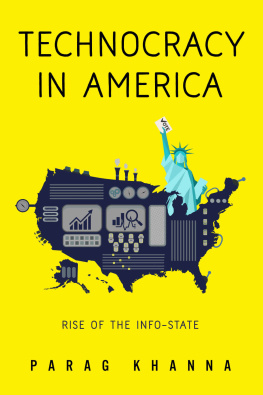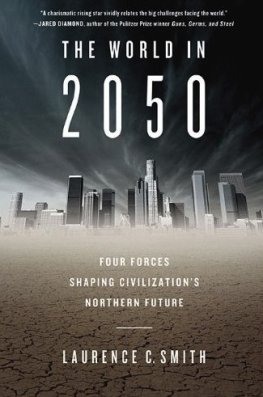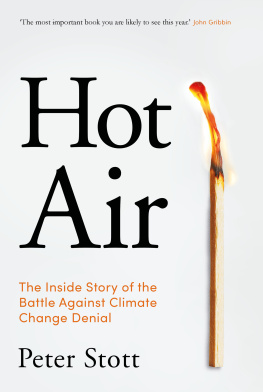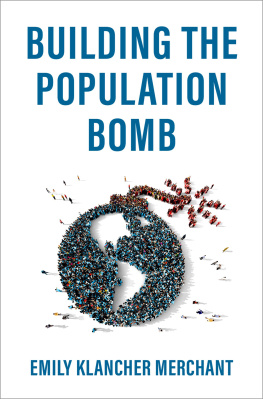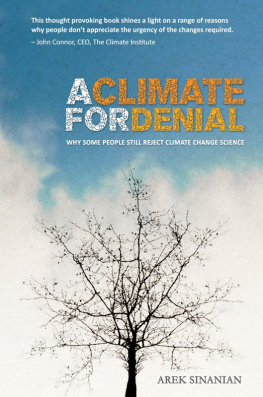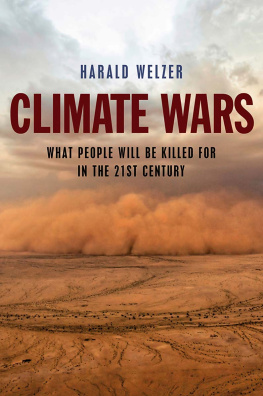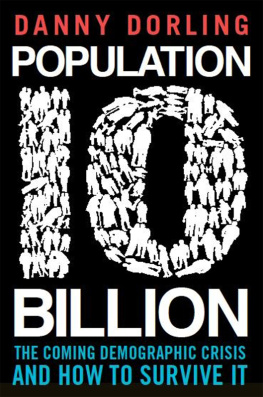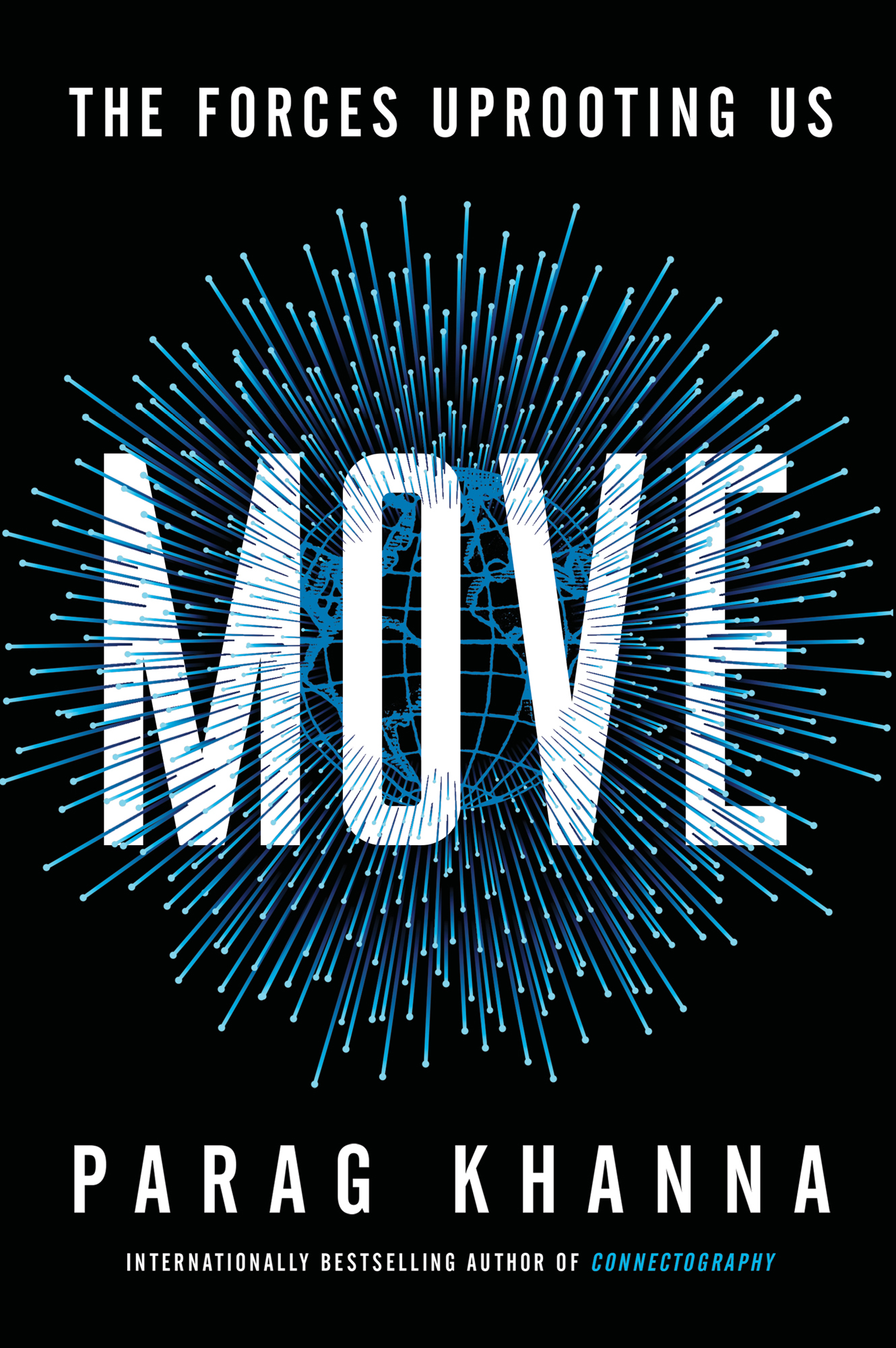Contents
Guide
The Forces Uproooting Us
Move
Parag Khanna
Internationally Bestselling Author of Connectography
More Praise for Move
Illuminates a host of new realities Parag Khannas Move outlines the forces creating a new geography of opportunity.
Richard Florida, bestselling author of The Rise of the Creative Class and The New Urban Crisis
No one knows more about how global connectivity works. Here Khanna examines exactly how the coming massive migrations away from increasing droughts and toward jobs can play out to humanitys great benefitor great harm.
Stewart Brand, creator of The Whole Earth Catalog
Brilliant Move describes a world shaped not just by democracy or capitalism, but, increasingly, by migration.
Balaji S. Srinivasan, entrepreneur and former CTO of Coinbase and General Partner at Andreessen Horowitz
A provocative vision Challenges us to rethink how, where, and with whom we will inhabit the planet.
Rahul Mehrotra, professor, Harvard Graduate School of Design
Authoritative and fact filled yet pleasurable to read A thorough investigation of the history of human migration and a discerning estimate of its probable future.
Martin Gray, author of Sacred Earth and creator of SacredSites.com
ALSO BY PARAG KHANNA
The Second World: Empires and Influence in the New Global Order
How to Run the World: Charting a Course to the Next Renaissance
Hybrid Reality: Thriving in the Emerging Human-Technology Civilization
Connectography: Mapping the Future of Global Civilization
Technocracy in America: Rise of the Info-State
The Future Is Asian: Commerce, Conflict, and Culture in the 21st Century

Scribner
An Imprint of Simon & Schuster, Inc.
1230 Avenue of the Americas
New York, NY 10020
www.SimonandSchuster.com
Copyright 2021 by Parag Khanna
All rights reserved, including the right to reproduce this book or portions thereof in any form whatsoever. For information, address Scribner Subsidiary Rights Department, 1230 Avenue of the Americas, New York, NY 10020.
First Scribner hardcover edition October 2021
SCRIBNER and design are registered trademarks of The Gale Group, Inc., used under license by Simon & Schuster, Inc., the publisher of this work.
For information about special discounts for bulk purchases, please contact Simon & Schuster Special Sales at 1-866-506-1949 or .
The Simon & Schuster Speakers Bureau can bring authors to your live event. For more information or to book an event, contact the Simon & Schuster Speakers Bureau at 1-866-248-3049 or visit our website at www.simonspeakers.com.
Interior design by Wendy Blum
Jacket design by Michael Nagin
Jacket artwork: Globe by Csa-Printstock /Getty Images, Lines by Korkeng/Adobe Stock
Library of Congress Cataloging-in-Publication Data
Names: Khanna, Parag, author.
Title: Move : the forces uprooting us / by Parag Khanna. Description: First Scribner hardcover edition. | New York, N.Y. : Scribner, 2021. | Includes bibliographical references and index.
Identifiers: LCCN 2021004373 (print) | LCCN 2021004374 (ebook) | ISBN 9781982168971 (hardcover) | ISBN 9781982168988 (paperback) | ISBN 9781982168995 (epub)
Subjects: LCSH: Human beingsEffect of climate on. | Human geography. | Emigration and immigrationEnvironmental aspects. | Migration, InternalEnvironmental aspects. | Climatic changesSocial aspects.
Classification: LCC GF71 .K53 2021 (print) | LCC GF71 (ebook) | DDC 304.2dc23
LC record available at https://lccn.loc.gov/2021004373
LC ebook record available at https://lccn.loc.gov/2021004374
ISBN 978-1-9821-6897-1
ISBN 978-1-9821-6899-5 (ebook)
In memory of David Held: scholar, mentor, cosmopolitan
PROLOGUE: WHERE WILL YOU LIVE IN 2050?
April 2020 will forever be remembered as the month the world stood still. Never in human history has the global population simultaneously coordinated a single act: the Great Lockdown. Almost all offices and stores shut. Streets and parks were empty. Cars, trains, and planes sat idle. Goats, deer, foxes, boars, ducks, kangaroos, and even penguins roamed freely through normally bustling cities from Edinburgh and Paris to Cape Town and Canberra. The Economist summed it up in one word: Closed.
The year of rolling global lockdowns that followed took an excruciating toll on billions of lives. Amid the chaos, one of the greatest ironies that surfaced was just how accustomed we had become to almost frictionless global movement. The year 2019 was a record year for tourism, with international arrivals topping 1.5 billion, the highest figure ever. More than 275 million people were classified as international migrantsfrom Indian construction workers and Filipino maids in Dubai to American executives and English teachers across Asiaalso the largest number ever recorded. Then it all stopped.
Instead of migration and travel surging ahead, the lockdowns provoked a sudden reset of the worlds population. From every corner of the world, tourists, students, and expats returned to their country of birth or nationality. European countries dispatched planes to Africa and Latin America to repatriate their citizens. Asian students bought one-way tickets back home from the US, UK, and Australia. More than two hundred thousand Indian laborers were flown back from Gulf countries such as Saudi Arabia and the United Arab Emirates. This unprecedented repatriation of peoples artificially realigned location and citizenship. For the first time anyone could remember, nearly the entire world population was home. But for how long?
A staggering share of our personal and professional lives hinges on mobility: the movement of people, goods, money, and data within cities and countries as well as internationally. Society only functions normally if we can move. Once you stop pedaling a bicycle, it quickly falls over. Our civilization is that bicycle. And move we will.
In the early 2010s, my colleague Greg Lindsay and I set out to answer the question, Where will you live in 2050? The answer could simply have been high-tech cities, but which ones? Some will be sites of predatory surveillance while others will allow residents to preserve some privacy. Some will be in areas resilient to climate change, while others may well have been submerged by then. Some will have thriving service economies and lively culture, while others will have become the discarded factory towns such as those littered across Michigan. As we scanned the world for geographies that offer abundant freshwater, progressive governance, and could attract talent to innovative industries, we decided on Michigan.
More broadly, we pointed to the emergence of a New North, a collection of geographies such as the Great Lakes region and Scandinavia that are making significant investments in renewable energy, food production, and economic diversification. Not too long after living through Hurricane Sandy in 2012, Greg and his family moved from New York City to Montreal.
This seemingly simple thought experiment holds some valuable lessons. First, you dont get to choose your crisis: Covid, climate change, an economic crash, and political unrest can unfold at the same timeand even amplify one another in a downward spiral. Another takeaway is that places abandoned yesterday could be rejuvenated tomorrow. Rust belt cities across the Great Lakes region are the epitome of dystopian blight: Michigan today is still



